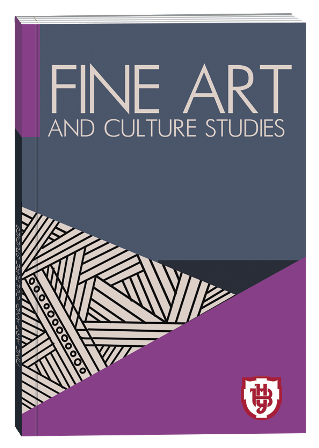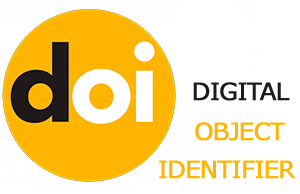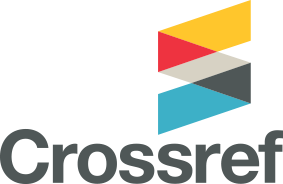DRAWING AND PAINTING IN THE CONTEXT OF DIGITALIZATION: TRADITIONS AND NEW APPROACHES IN GRAPHIC DESIGN
DOI:
https://doi.org/10.32782/facs-2025-4-29Keywords:
drawing; painting; graphic design; digitalization; digital technologies; art education; innovative methods; artistic thinking; visual cultureAbstract
The article examines the place and role of drawing and painting as fundamental disciplines in the professional training of graphic designers in the context of the active digitalization of the educational process and artistic-creative practice.It is substantiated that despite the intensive implementation of digital tools, virtual and augmented reality, 3D modeling, algorithmic design, and artificial intelligence in visual communication, traditional artistic practices remain the basis for the formation of holistic artistic thinking. Academic drawing serves as a key means of developing observation, the ability to convey proportions, form, and spatial relationships, while painting provides a deep understanding of color harmonies, light and shadow contrasts, and plastic expressiveness.Special attention is paid to the interaction of classical artistic methods with modern digital approaches in the process of design education. It is shown that the use of tablet drawing, virtual studios, graphic editors, and specialized online platforms does not replace but complements traditional forms of learning, providing students with the opportunity to work in a hybrid environment. At the same time, it is noted that a complete rejection of traditional drawing and painting in favor of exclusively digital practices may lead to the loss of basic skills necessary for creating expressive and conceptually grounded design.The article systematizes current trends in the integration of academic and digital methods, which allow students to develop comprehensive competencies: analytical thinking, visual creativity, technological flexibility, and the ability to adapt to new conditions of professional activity. It is proved that the synthesis of traditions and modern technologies creates a unique field for experiments in graphic design, expands the boundaries of visual culture, and forms a basis for innovative practices. It is concluded that drawing and painting in the digital era do not lose their relevance but are transformed, opening up new perspectives in the training of designers and the development of contemporary visual art.
References
Беттгер Г. Основи академічного рисунку. Київ: Арт-Прес, 2019. 256 с.
Брильов С. В., Кузьмічова В. С., Колесников В. В. Образотворче мистецтво та дизайн в епоху діджиталізації: тренди, виклики // АРТ-платФОРМА. 2024. Т. 9, № 2. С. 228–241. DOI: https://doi.org/10.51209/platform.2.10.2024.228-241
Гончаренко В. Дизайн та образотворче мистецтво. Львів: Академія, 2021. 312 с.
Жукова Л. Теорія кольору та композиції. Харків: Вища школа, 2020. 198 с.
Карпенко О. Традиції й інновації у мистецькій освіті. Київ: Мистецтво, 2018. 284 с.
Протас О. В. Українська школа рисунку: традиції та сучасність. Київ: Либідь, 2017. 256 с.
Роготченко О. М. Сучасні трансформації художньої освіти: виклики цифрової доби. Харків: ХДАДМ, 2022. 192 с.
Сидоренко В. Д. Візуальне мистецтво у добу цифрових технологій. Київ: Фенікс, 2020. 240 с.
Lankow, J., Ritchie, J., & Crooks, R. Infographics: The Power of Visual Storytelling. Hoboken: Wiley, 2012. 272 p.
Garner, S. (Ed.). Writing on Drawing: Essays on Drawing Practice and Research. Bristol: Intellect Books, 2008. 327 p.
Edwards, B. Drawing on the Right Side of the Brain. New York: Tarcher, 2012. 320 p.
McCloud, S. Understanding Comics: The Invisible Art. New York: Harper Perennial, 1993. 224 p.
Paul, C. Digital Art. London: Thames & Hudson, 2015. 272 p.
Lupton, E., & Phillips, J. Graphic Design: The New Basics. New York: Princeton Architectural Press, 2015. 264 p.








